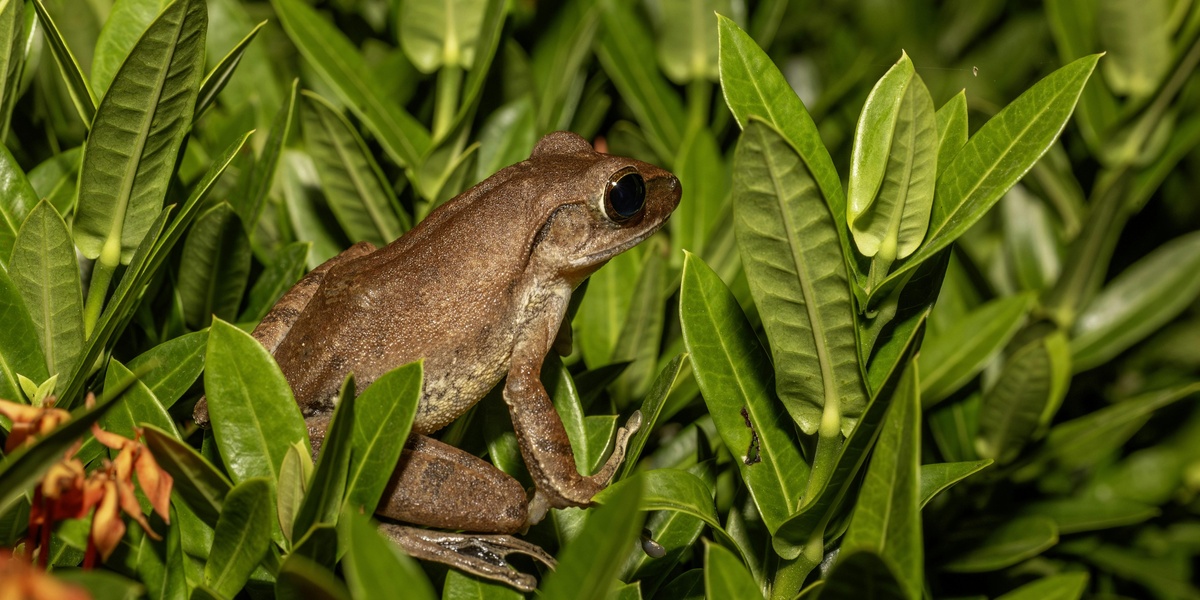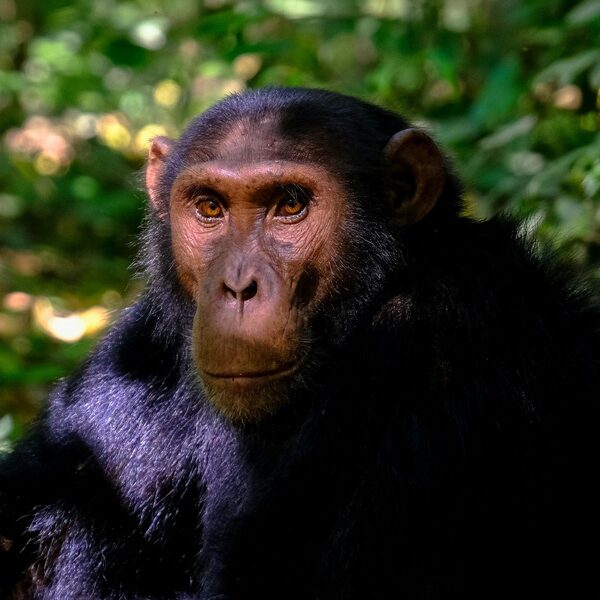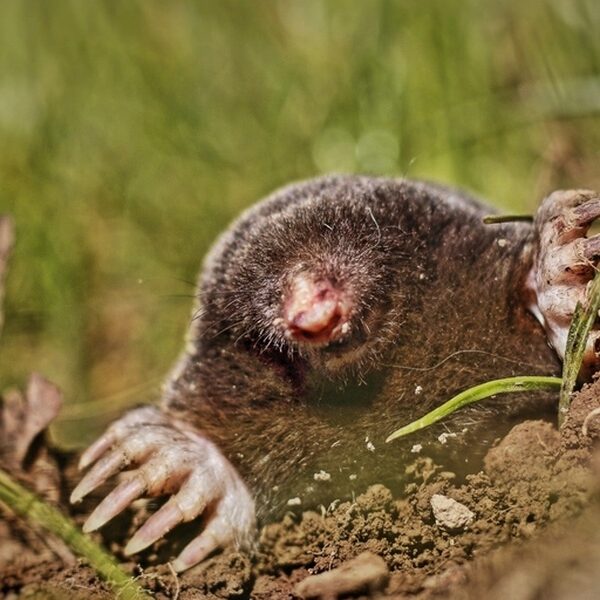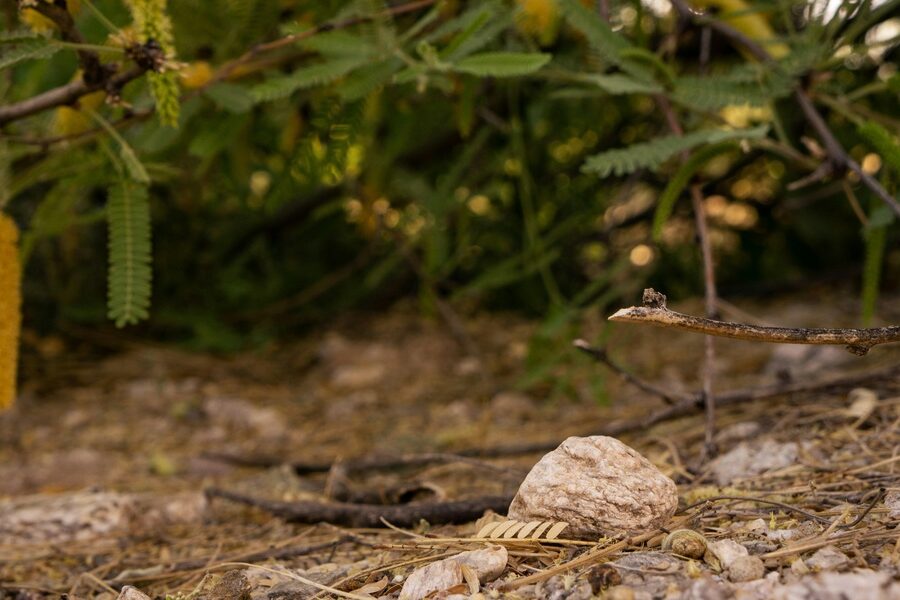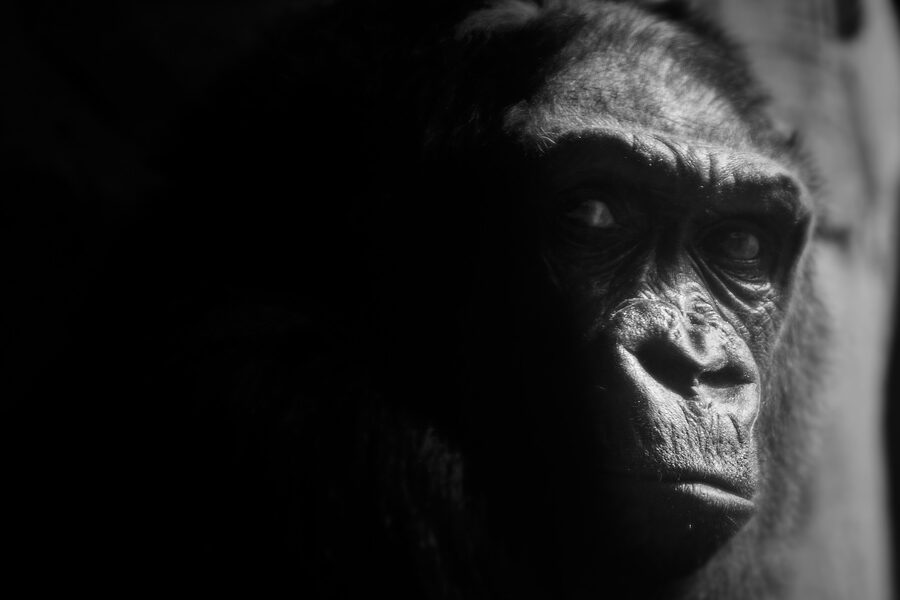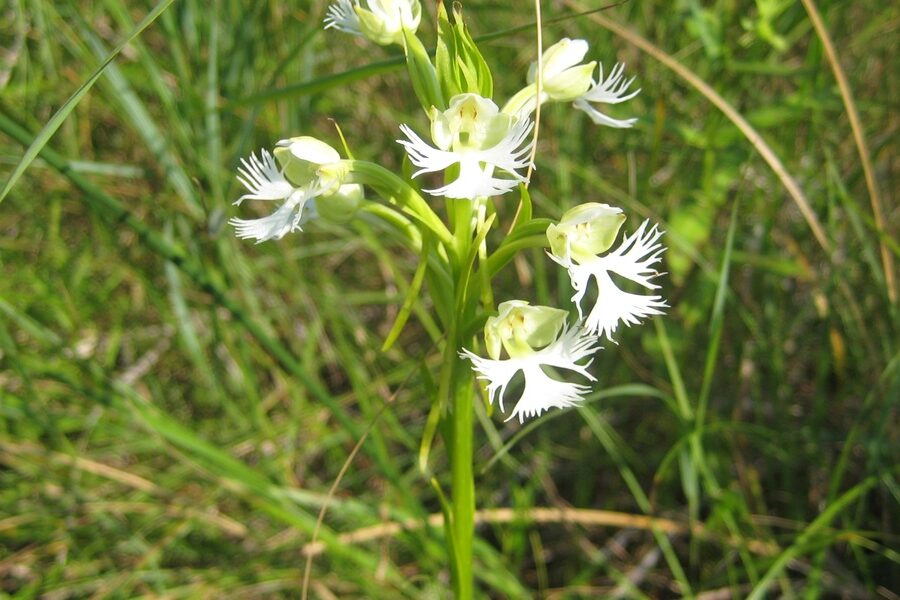No amphibian species meet the criteria for “Amphibians of Mauritius”.
Note that the search for a complete, verifiable list of Amphibians of Mauritius returns no entries that satisfy strict criteria. Mauritius has no confirmed, extant native amphibian fauna that can be listed in the way users expect (common/scientific names, IUCN status, habitat, photos and range). Treat this as a factual result, not an error.
This empty result occurs because amphibians rarely colonize remote ocean islands. Amphibian eggs and larvae need fresh water and are sensitive to salt. Ocean crossings are therefore rare. Mauritius is a young, isolated volcanic island. Few amphibian lineages reached it naturally, and any that might have arrived faced habitat loss, introduced predators, and human changes. Those pressures make long-term survival and clear, native listings unlikely.
Technical and historical factors also explain the gap. Human introductions of amphibians are uncommon and often fail to establish breeding populations. Where species were introduced or recorded historically, records can be sparse, uncertain, or later reclassified. Nearby places do have amphibians, so use them as near matches: Madagascar hosts many frog groups (for example, Mantella and Boophis), and the Seychelles preserve small, unique frogs (Sooglossidae). Check those islands for true amphibian diversity rather than Mauritius itself.
Related categories that do have clear, rich lists include reptiles of Mauritius (day geckos and skinks), birds (endemic and extinct, like the dodo), freshwater invertebrates, and the amphibians of nearby islands. For practical research, consult IUCN, GBIF, and local conservation sources, and explore “Amphibians of Madagascar,” “Amphibians of the Seychelles,” or “Reptiles and freshwater fauna of Mauritius” as the best next steps.
